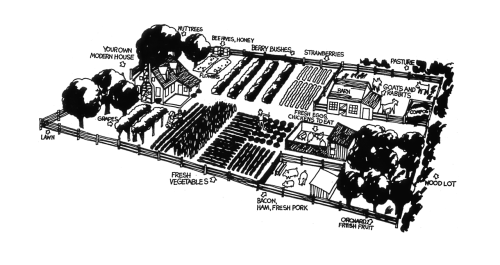Process Of Urban Jungle
Process of Urban Jungle
…………………………..
Music was composed by video game and film composer Ryan Camus.
http://www.ryancamus.com
twitter: @ryancamus
instagram: @rycamus
More Posts from Copperfingertips and Others
A lot of people are really scared and angry because of the results of the newest climate change reports — as they should be. But I’m already seeing a lot of posts and news reports like “HERE’S WHAT YOU CAN DO TO FIGHT GLOBAL WARMING” and bizarrely enough, the answers are never like “weed out climate change deniers from your government, impose strict new rules for the corporations that are creating most of the emissions, pour government resources into alternate forms of fuel, etc.” It’s always like “carpool to work!”
Look. Of course you should be working to reduce waste in your own life. But let’s not fucking pretend that consumers are the ones who made this mess. You know what another recent study found? Just 100 companies are responsible for 71% of global emissions. If the rest of us stopped ALL WASTE and fucking ascended to a higher plane of existence that no longer requires consumption of any kind, the world would still be absolutely fucked if those 100 companies keep on as they do.
I hate this personal responsibility model when it comes to conservation. By ignoring the actual source of the problem and focusing on individuals instead, guess who gets targeted? The absolute most vulnerable individuals on the planet. When people advocate personal responsibility, somehow they’re never talking about billionaires and their private jets. They’re creating straw bans that will make life more dangerous for people with disabilities. They’re shaming women for using disposable menstrual products. They’re criticizing the poor and destitute for using “wasteful” products because they’re all they can afford. They’re making vaguely eugenic statements about getting people in “third world countries” to stop ~breeding~ so much. It’s monstrous.
Stop shaming consumers for the sins of corporations and their powerful investors. Stop placing the blame at the feet of the people who already have the hardest time getting through life. Do something, and by “do something” I mean buy a reusable coffee cup on the way to fucking vote. Go to a protest. Call a representative. Demand accountability from the people who got us into this mess.



Today I divided up the hardy kiwis I had layered in the fall.
I made four new 1 gallon kiwi plants.



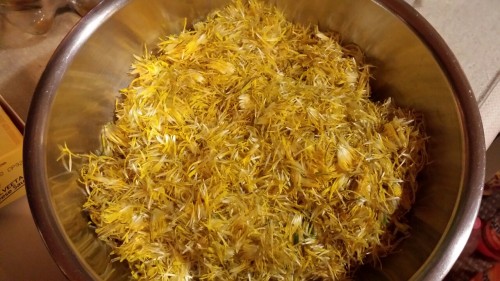
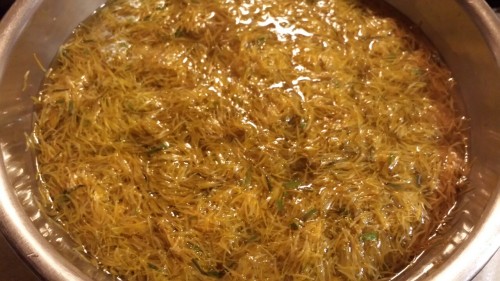
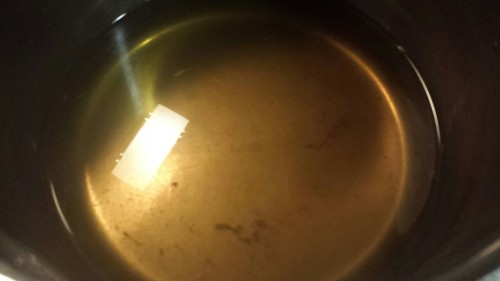

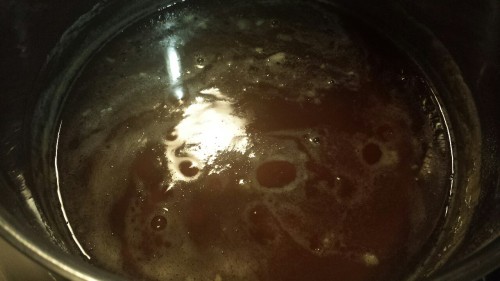
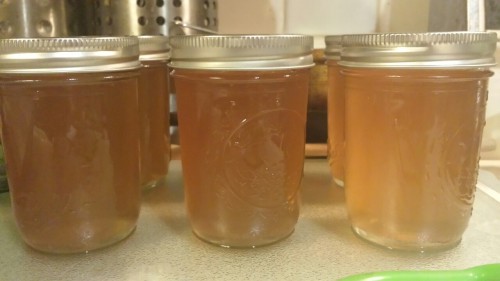
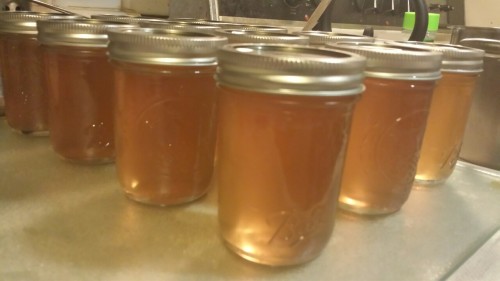
DANDELION JELLY! !! It tastes like honey! 🐝🐝🐝🐝🐝🐝🐝🐝🐝🐝🐝 been a busy bee last few days harvesting flowers, plucking petals, extracting nectar, straining and canning this delicious jelly! Very Tideaous work but it’s worth it!
3 cups dandelion tea (made from 4 cups of petals in boiled water overnight ) 4 cups of sugar 2 tbsp fresh lemon juice 6 tbsp of regular ball fruit pectin Water bath can for 10 minutes Makes 6 - ½ pints
4/20/16
People being happy with what they have is the worst thing that could ever happen to the economy

Germany had so much renewable energy on May 8, 2016, that it had to pay citizens to use electricity. It was so windy and sunny that turbines and solar power sources were supercharged, output exceeded demand, and prices went negative, so customers were actually paid to consume energy. Source
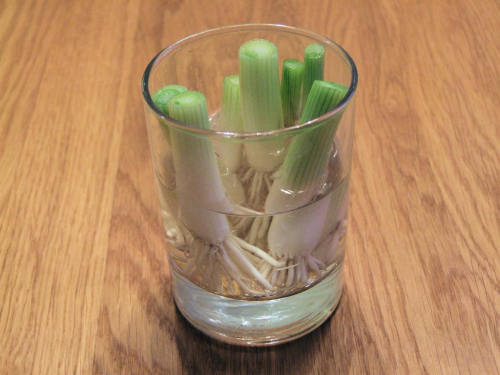
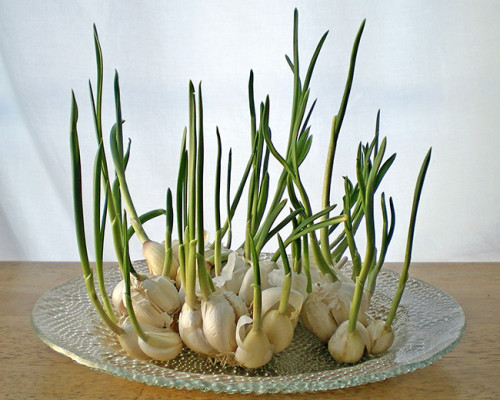
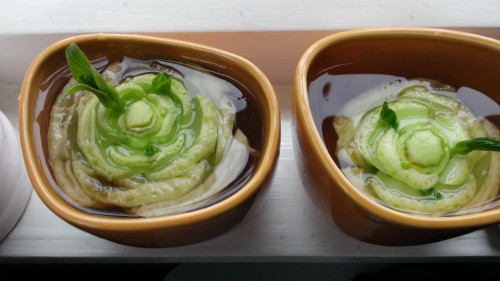
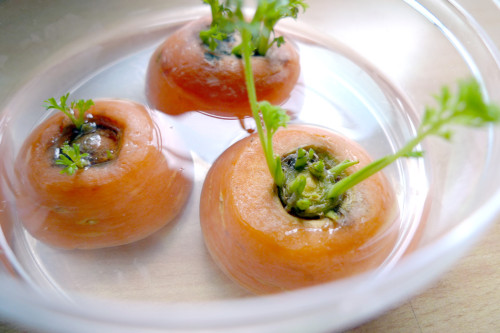
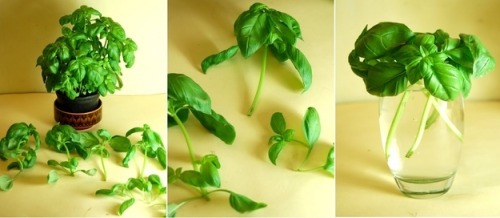

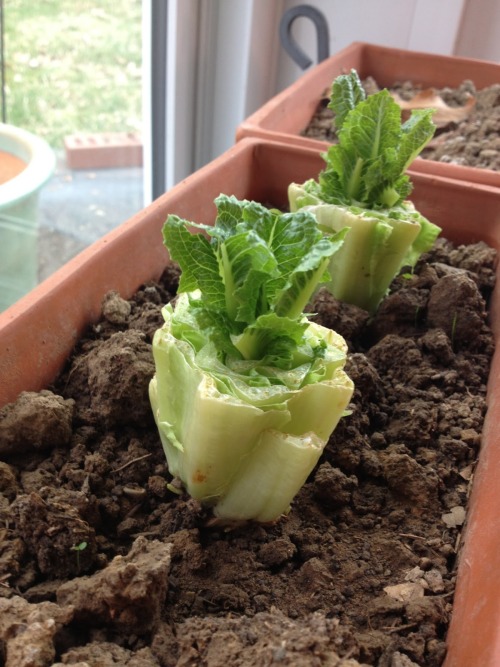
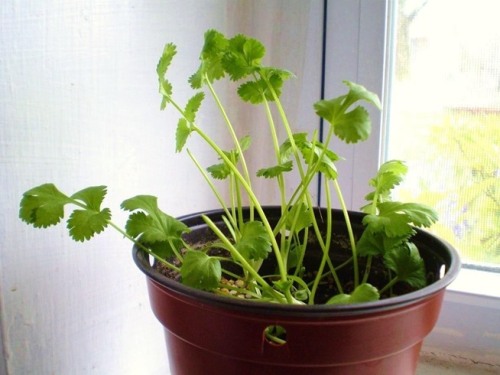
8 vegetables that you can regrow again and again.
Scallions
You can regrow scallions by leaving an inch attached to the roots and place them in a small glass with a little water in a well-lit room.
Garlic
When garlic begins to sprout, you can put them in a glass with a little water and grow garlic sprouts. The sprouts have a mild flavor than garlic and can be added to salads, pasta and other dishes.
Bok Choy
Bok choy can be regrown by placing the root end in water in a well-lit area. In 1-2 weeks , you can transplant it to a pot with soil and grow a full new head.
Carrots
Put carrot tops in a dish with a little water. Set the dish in a well-lit room or a window sill. You’ll have carrot tops to use in salads.
Basil
Put clippings from basil with 3 to 4-inch stems in a glass of water and place it in direct sunlight. When the roots are about 2 inches long, plant them in pots to and in time it will grow a full basil plant.
Celery
Cut off the base of the celery and place it in a saucer or shallow bowl of warm water in the sun. Leaves will begin to thicken and grow in the middle of the base, then transfer the celery to soil.
Romaine Lettuce
Put romaine lettuce stumps in a ½ inch of water. Re-water to keep water level at ½ inch. After a few days, roots and new leaves will appear and you can transplant it into soil.
Cilantro
The stems of cilantro will grown when placed in a glass of water. Once the roots are long enough, plant them in a pot in a well-lit room. You will have a full plant in a few months.



The lavender held memories, the eucalyptus remembered all the tears, and the poppies were always there to see the years crawl by.
Three plants that are reminders of my childhood home in Northern California.
Inprnt Shop
Etsy
Patreon

~ the pondering muse🌙
Did you know you can grow mushrooms to eat by feeding them plastic? Or that mushrooms evolved this capability themselves? It’s true, plastic eating fungi has been found in landfills in Pakistan and it’s so prolific that it can break down polyester polyurethane in a matter of weeks. Mushrooms are great at bioremediation, so good at it fact, that they can suck radiation and heavy metals from the soil, eat plastic, petroleum, and remove CO2.
The mini farm designed to grow these amazing plastic eating fungi is called the “Fungi Mutarium” and it allows for the cultivation of Schizophyllum commune and Pleurotus ostreatus. The steps to degrade the plastic are simple and can be found below:
- UV sterilize the materials and chambers.
- Place the plastic into a “growth sphere” an egg shaped pod of agar agar.
- Add diluted mycelium culture to the “growth spheres” within the incubator.
It’s simple isn’t it? And the end product resembles an edible food bowl or cup that you can put salad in. Research is still being done to make sure it’s 100% safe to consume and no doubt free of micro-plastic residue, but even if this doesn’t get the green light for edibility, it would be a great way to process plastics at home with our current recycling issues here in the U.S.
You can read more here.
Basil, How To Grow More Than You Can Eat - Gardening at 58 North
~~~
Things I learned today #6
You can buy a single basil plant for around $5 or less, and take cuttings forever. Basil is an amazing plant and can be used for a lot of things! Including pesto, which you can make at home with a morter and pestal! (https://youtu.be/6-dOZezSwwM)
-
 luckyraccoon liked this · 1 month ago
luckyraccoon liked this · 1 month ago -
 bandeddragonfish reblogged this · 2 months ago
bandeddragonfish reblogged this · 2 months ago -
 malak-angel liked this · 1 year ago
malak-angel liked this · 1 year ago -
 adelvellan liked this · 1 year ago
adelvellan liked this · 1 year ago -
 snips-501 liked this · 1 year ago
snips-501 liked this · 1 year ago -
 savant8000 liked this · 1 year ago
savant8000 liked this · 1 year ago -
 sioane reblogged this · 1 year ago
sioane reblogged this · 1 year ago -
 fluff-bunnycat reblogged this · 2 years ago
fluff-bunnycat reblogged this · 2 years ago -
 fluff-bunnycat liked this · 2 years ago
fluff-bunnycat liked this · 2 years ago -
 alazyparallelworld reblogged this · 2 years ago
alazyparallelworld reblogged this · 2 years ago -
 alazyparallelworld liked this · 2 years ago
alazyparallelworld liked this · 2 years ago -
 stelllaaa8 liked this · 2 years ago
stelllaaa8 liked this · 2 years ago -
 cat-hesarose liked this · 2 years ago
cat-hesarose liked this · 2 years ago -
 themagicaltunaa reblogged this · 2 years ago
themagicaltunaa reblogged this · 2 years ago -
 capitalwildcat liked this · 2 years ago
capitalwildcat liked this · 2 years ago -
 catsinthevoid liked this · 2 years ago
catsinthevoid liked this · 2 years ago -
 coldjam reblogged this · 2 years ago
coldjam reblogged this · 2 years ago -
 princess-adrienne liked this · 3 years ago
princess-adrienne liked this · 3 years ago -
 kirineo-kiki liked this · 3 years ago
kirineo-kiki liked this · 3 years ago -
 selfcombusted liked this · 3 years ago
selfcombusted liked this · 3 years ago -
 shipping-the-world liked this · 3 years ago
shipping-the-world liked this · 3 years ago
